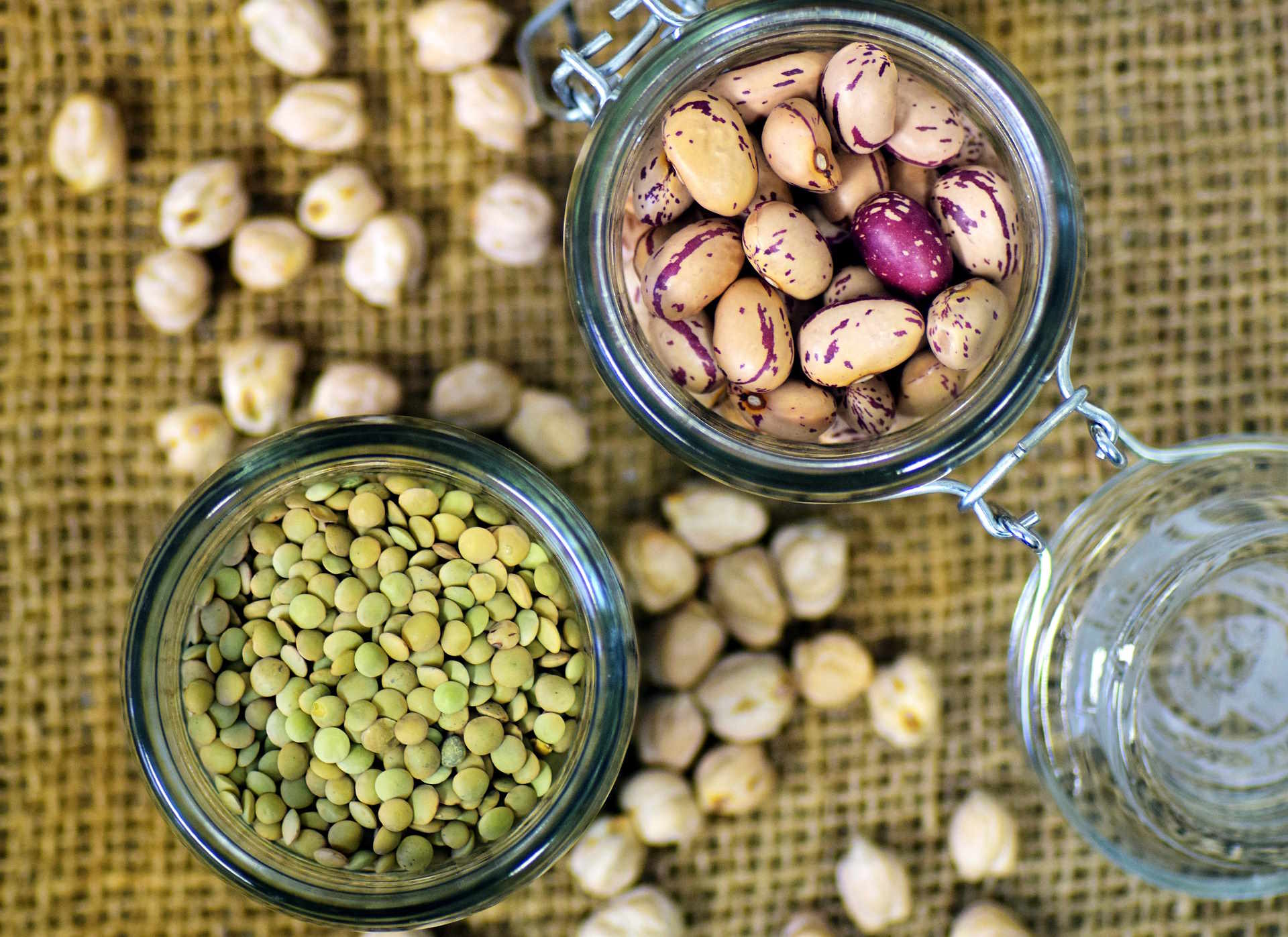Safe cooling and storage practices to maintain food quality
Proper cooling and storage are essential to keep Thanksgiving dishes safe and flavorful from preparation through leftovers. This overview highlights practical steps for hosts and cooks to manage timelines, refrigeration, and reheating while preserving texture, taste, and safety for a variety of recipes and diets.
Serving a large meal requires more than good recipes; it demands careful timing and handling to preserve food quality and reduce risk. Safe cooling and storage mean planning from prep through leftovers so turkey, vegetarian dishes, sides, and desserts maintain their flavor and texture. Prioritize rapid cooling of hot foods, clear labeling, and consistent refrigeration temperatures. These steps help hosts and guests enjoy the feast with confidence and make mindful choices about sustainability and budgeting for leftovers.
How should you cool a feast safely?
Rapidly reducing the temperature of hot foods limits bacterial growth and preserves quality. Divide large portions—carve turkey into smaller pieces or transfer stews and casseroles into shallow pans—to allow heat to disperse faster. Avoid leaving hot items at room temperature for more than two hours, and use ice baths for pots when appropriate. Monitor refrigerator temperatures and avoid overloading units; packed fridges slow cooling. Good cooling practices protect both foodsafety and the sensory quality that makes the meal enjoyable.
What scheduling and timelines help with hosting prep?
Create a timeline that sequences cooling before storage: allow cooked foods to rest briefly, then move to refrigeration in shallow containers within two hours. Scheduling also means planning oven and fridge space so dishes aren’t competing for cooling or reheating. Prepare make-ahead elements like sauces or some desserts the day before, and chill them properly. Clear labeling with contents and dates lets anyone assisting with hosting follow timelines and prioritize items for immediate use or storage.
How to store turkey, vegetarian dishes, and sides?
Store turkey and other protein-rich dishes on lower refrigerator shelves to prevent cross-contamination of vegetables and ready-to-eat items. Keep vegetarian dishes and sides in airtight containers to preserve moisture and prevent flavor transfer. Maintain a refrigerator temperature at or below 40°F (4°C) and a freezer at 0°F (-18°C) where possible. For long-term storage, wrap items tightly to avoid freezer burn and separate sauces from solids if reheating will be uneven, which helps maintain texture and pairing integrity.
What should you do with leftovers and reheating recipes?
Plan recipes that reheat evenly and consider safe reheating practices: bring leftovers to an internal temperature of 165°F (74°C) before serving. Store leftovers in portion-sized containers to speed cooling and simplify reheating; smaller portions heat more uniformly and reduce waste. When reheating in the oven or microwave, cover to retain moisture and check internal temperatures. Rotate through the oldest items first and label containers with dates to manage consumption windows and recipe reuse opportunities.
How can budgeting and sustainability influence storage choices?
Budgeting and sustainability intersect with storage decisions: preserving leftovers reduces food waste and stretches meal costs. Use clear labeling and sensible portioning to avoid over-preparing. Freeze extra servings for future meals or repurpose them into new recipes to extend value—turkey can become sandwiches or soups, while roasted vegetables suit salads or grain bowls. Reusable containers and careful storage minimize single-use plastics and contribute to sustainable hosting practices without sacrificing foodsafety or flavor.
What about desserts, pairings, and final quality checks?
Desserts often tolerate refrigeration well, but some pairings benefit from room-temperature serving—cheesecakes or butter-based cookies may regain texture if allowed a short rest before serving. Keep delicate garnishes separate until plating to preserve appearance and texture. Conduct a final quality check before serving: inspect for off-odors, unexpected textures, or discoloration. Proper packaging, clear labeling, and mindful pairings ensure that each element of the meal maintains its intended taste profile and presentation.
Conclusion Maintaining food quality through safe cooling and storage is a matter of planning, appropriate equipment use, and simple habits: cool quickly, store correctly, label clearly, and reheat safely. These practices support a successful hosting experience across a range of recipes—from turkey and vegetarian mains to sides and desserts—while helping with budgeting and sustainability goals. Thoughtful handling reduces waste, preserves flavors and textures, and keeps foodsafety central to every stage of the feast.





